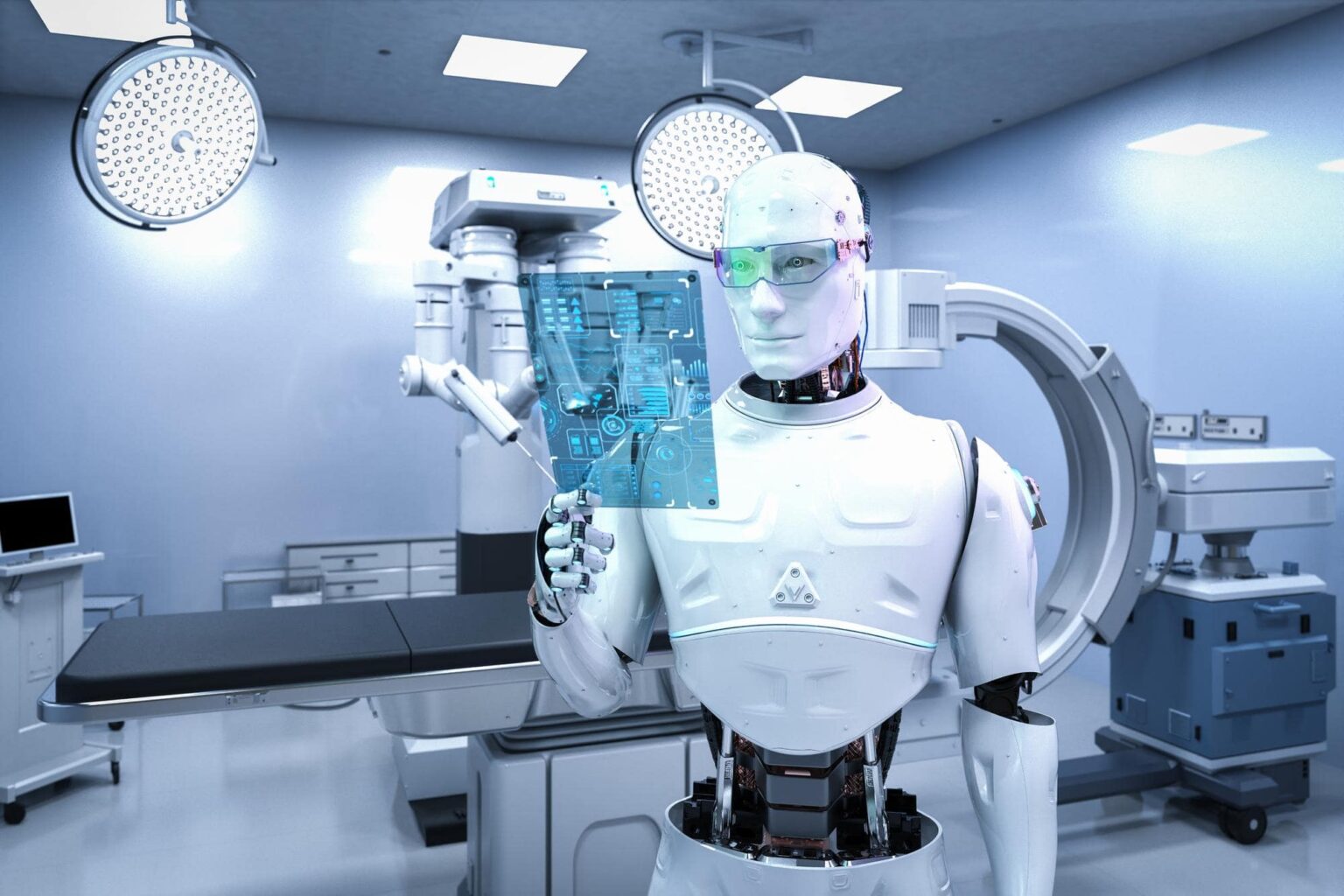Healthcare robotics is rapidly advancing and playing a crucial role in assisting caregivers and supporting aging populations. Robotic technologies offer a range of capabilities that can enhance patient care, improve efficiency, and address challenges associated with the aging population. Here are some key ways healthcare robotics is making an impact:
- Assisting Caregivers: Robots can assist healthcare professionals and caregivers by performing various tasks, such as lifting and transferring patients, delivering medications, and providing basic care and monitoring. These robots can help reduce the physical strain on caregivers, prevent injuries, and free up their time for more complex and critical tasks.
- Elderly Care and Assistance: Robots designed for elderly care can provide companionship, monitor vital signs, remind patients to take medication, and assist with daily activities. Social robots can engage in conversations, provide cognitive stimulation, and offer emotional support, combating loneliness and improving the overall well-being of elderly individuals.
- Rehabilitation and Physical Therapy: Robotics is used in rehabilitation and physical therapy settings to assist patients in regaining mobility and strength. Robotic exoskeletons, prosthetics, and devices can support individuals with limited mobility to perform exercises, improve motor function, and regain independence.
- Surgical Robots: Surgical robots enable minimally invasive procedures with enhanced precision and control. Surgeons can operate robotic systems to perform complex surgeries with smaller incisions, reducing trauma, pain, and recovery time for patients. These robots offer 3D visualization, improved dexterity, and greater surgical accuracy.
- Telepresence and Remote Monitoring: Robots equipped with telepresence capabilities can facilitate remote consultations and monitoring. Healthcare professionals can remotely interact with patients, perform check-ups, and provide guidance through video and audio communication. This is particularly valuable for individuals in remote areas or those with limited mobility.
- Medication Management: Robotic systems can automate medication management, ensuring accurate dosage and timely administration. These robots can dispense medications, track inventory, and provide reminders to patients, reducing the risk of medication errors and promoting adherence to treatment plans.
- Fall Detection and Emergency Response: Robots equipped with sensors and artificial intelligence algorithms can detect falls and emergencies in real-time. They can alert caregivers or emergency services, enabling prompt assistance and potentially preventing complications or injuries.
- Environmental Maintenance: Robots can assist with environmental maintenance in healthcare settings, such as cleaning and disinfection of patient rooms and common areas. This reduces the risk of healthcare-associated infections and ensures a safe and hygienic environment for patients and staff.
It is important to note that while healthcare robotics offers numerous benefits, the ethical considerations surrounding the use of robots in care settings, including privacy, autonomy, and human interaction, should be carefully addressed. Balancing technological advancements with human touch and compassion remains crucial to delivering holistic and patient-centered care.



